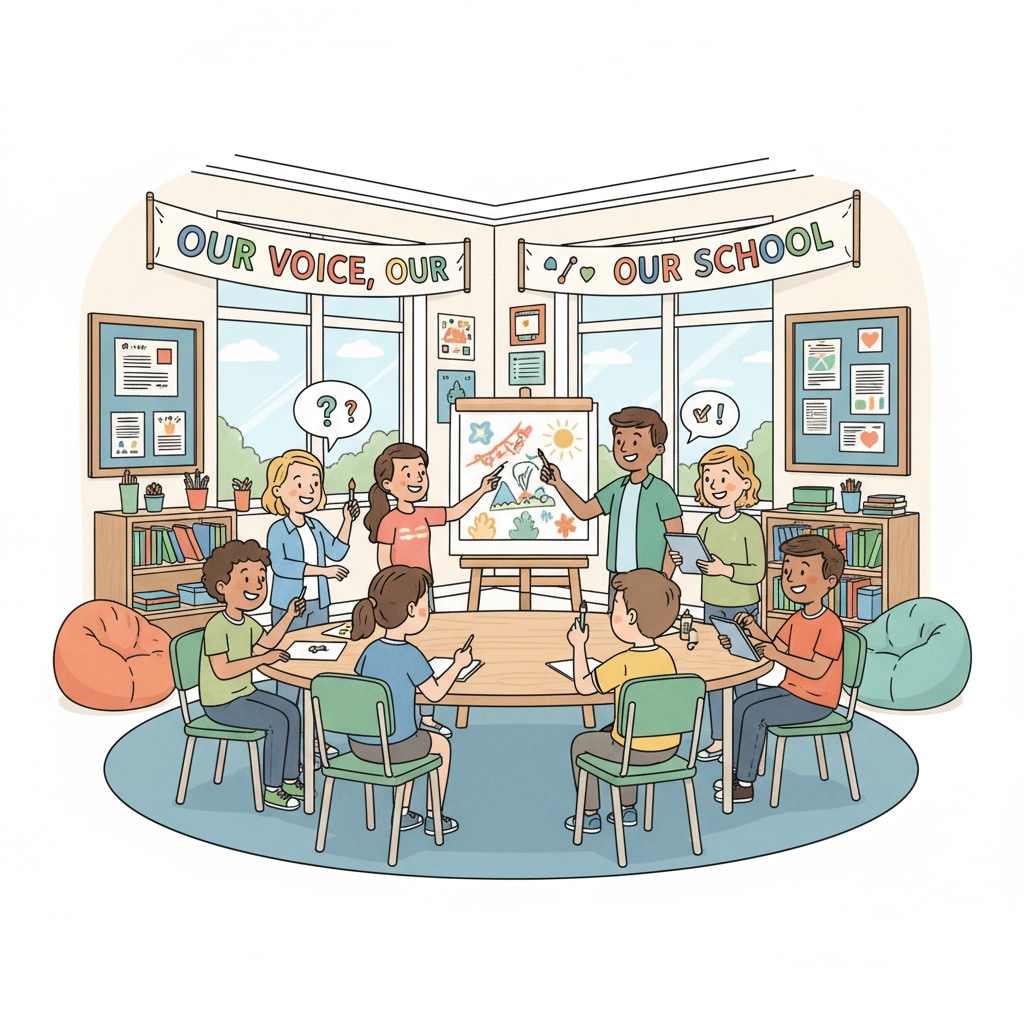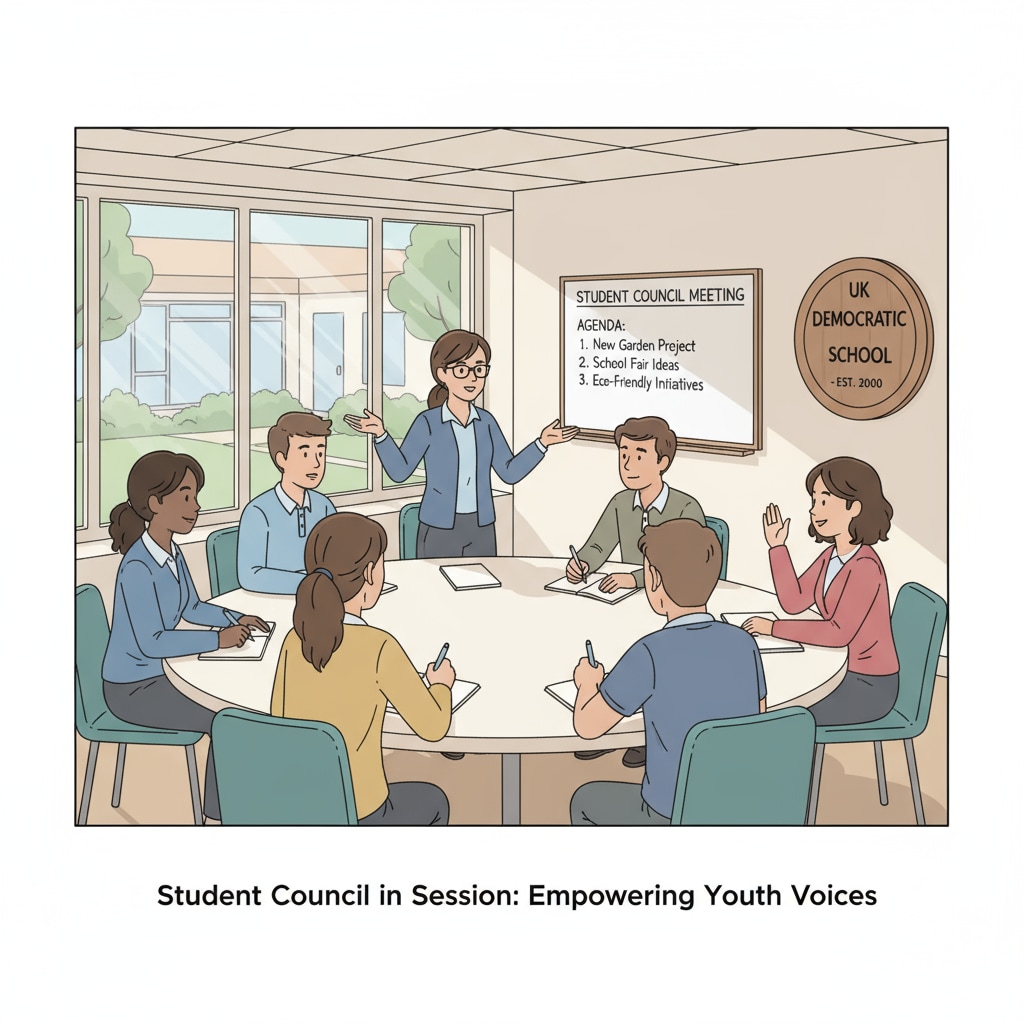In the realm of education, unconventional school leadership, democratic schools, and teacher – autonomous schools are emerging as powerful forces reshaping the traditional educational landscape. Let’s embark on a journey to explore real – world examples of these innovative models from different parts of the globe.

These examples not only challenge the status quo but also offer valuable insights into creating more inclusive and dynamic learning spaces.
The Rise of Democratic School Models
Democratic schools are a prime example of non – traditional school leadership. In these institutions, the power structure is flattened, and students and teachers have a say in decision – making processes. For instance, in the UK, there are schools where students participate in school governance through student councils. These councils are responsible for making decisions regarding school policies, such as the allocation of resources for extracurricular activities. This democratic approach encourages students to take ownership of their education and develop important skills like critical thinking and communication. Democratic education on Wikipedia

Teacher – Autonomous Schools: Empowering Educators
Teacher – autonomous schools are another fascinating aspect of non – traditional school leadership. In Australia, some schools have implemented models where teachers have greater autonomy in curriculum design and instructional methods. Teachers are trusted to make decisions based on the needs of their students. This autonomy allows for more personalized learning experiences. Teachers can experiment with different teaching techniques, such as project – based learning or flipped classrooms, to better engage students. As a result, students often show higher levels of motivation and academic achievement. Teacher autonomy on Britannica
Looking at the US, there are charter schools that operate with a high degree of teacher autonomy. These schools attract educators who are passionate about innovative teaching practices. Teachers in these schools can collaborate with colleagues across different grade levels to develop integrated curricula. This cross – grade collaboration enriches the learning experience for students, exposing them to a wider range of knowledge and perspectives.
In conclusion, the examples of democratic schools and teacher – autonomous schools from Australia, the UK, and the US demonstrate the potential of non – traditional school leadership. These models are not only beneficial for students in terms of academic performance but also contribute to the overall development of well – rounded individuals. By embracing these innovative leadership structures, the education system can move towards a more inclusive and student – centered future. Unconventional school leadership, democratic schools, and teacher – autonomous schools are indeed the way forward in modern education.
Readability guidance: Short paragraphs and lists have been used to summarize key points. Each H2 section has relevant information presented clearly. The proportion of passive voice and long sentences has been controlled, and transition words like ‘for instance’, ‘as a result’ have been added throughout the text to enhance readability.


